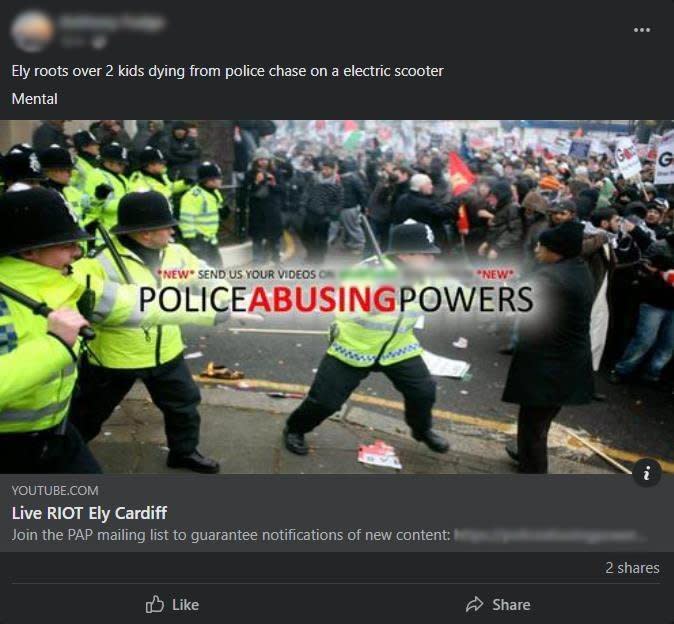
A riot that broke out after the deaths of two teenagers shows how police are struggling to cope with the ensuing social media furor, experts say.
Kyrees Sullivan, 16, died alongside his best friend Harvey Evans, 15, in an accident in Ely, Cardiff on Monday.
Allegations quickly spread that a police van was chasing them and several hours of violence followed.
Nine arrests were made while 15 police officers were injured.
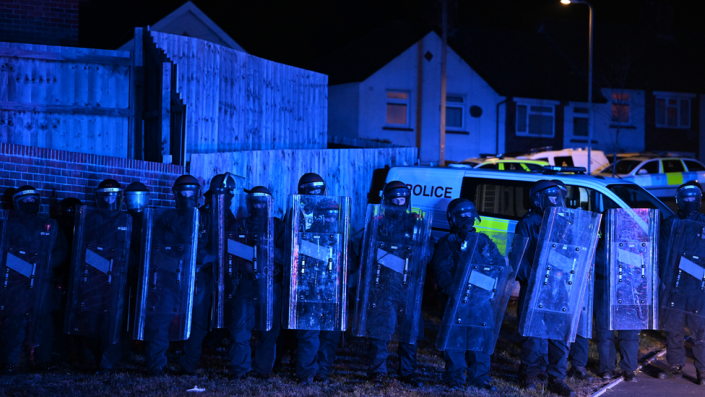
Following the accident which claimed the boys’ lives shortly after 6.00pm BST on Monday, social media posts quickly spread.
One person wrote: “The FACT is they were being chased by the police.”
Another said: ‘Apparently the police were chasing two kids then they got run over by a bus?
Violence quickly erupted, with cars set on fire and fireworks thrown at police as crowds gathered.
The following morning, police and Crime Commissioner (CCP) Alun Michael claimed there had been no police pursuit.
But then CCTV footage emerged appearing to show a police van following the boys. He later denied being misinformed.
The incident has raised questions about the police’s ability to counter social media rumours.
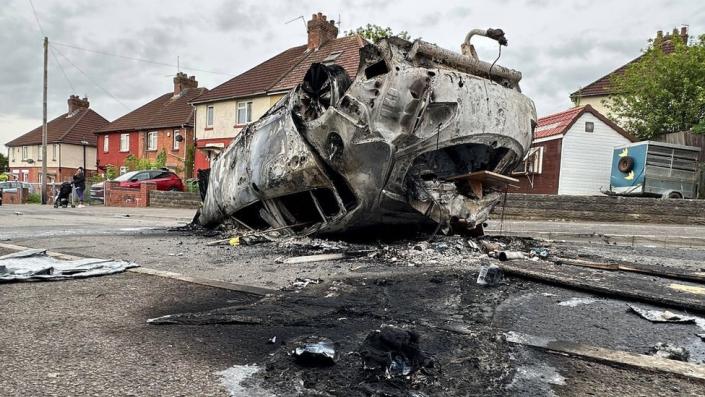
Professor Matthew Williams, chair of criminology at Cardiff University’s School of Social Sciences, said: “In any large-scale riot or disturbance, reasons such as deprivation, lack of opportunity and mistrust to the police could well be invoked.”
He added that while social media did not cause the riot, it may have “accelerated things”.
“The immediacy of the riot could be a key element of social media influence,” he said.
“The pace is much faster and it can reduce the time frame in which communication or dialogue between the police and the community can take place.”
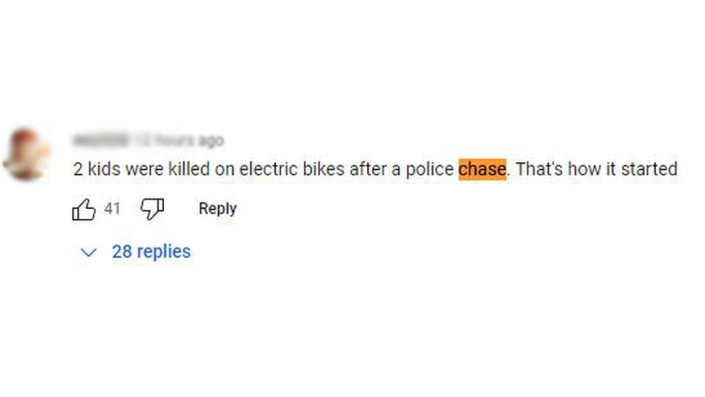
Crime and crime commentator Danny Shaw said with an independent investigation underway, people should avoid speculation.
“Social media can be a real problem for police services in general because allegations, whether false or not, can spread very quickly.
“This can inflame and exacerbate existing tensions and the police must deal with this – particularly if these allegations involve the police themselves.
“A report, a video, an image can be uploaded and published worldwide in minutes. Issues can be amplified in a way that hasn’t happened before.”
Former Chief Superintendent Gerry Toms began his posting in Cardiff the day after riots broke out in the same area in 1991.
The Ely Bread Riots saw a general store run by a Pakistani-born shopkeeper on Wilson Road pelted with bricks and stones.
Three nights of unrest followed, with up to 500 people facing 175 police in riot gear.
Although he did not monitor the riots, Mr Toms recalled: “At that time you had to spread by word of mouth, and that takes time.
“Whereas today, social media is exactly that – if I want to comment on something I’ve seen or heard, I do it, I press the button. It’s instantaneous. “
He called social media a “double-edged sword”, pointing to its benefits for police.
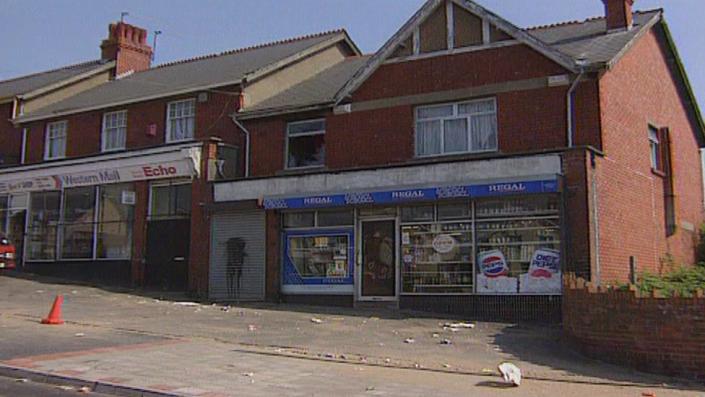
“It’s a great way for the police themselves to be able to talk to people in a very broad and specific way,” he said.
Mr Toms added that people needed clarity after an incident such as the Ely crash.
“It wasn’t clear. If we used the word ‘followed’ – because it became clear that morning that they had been followed – there is clear evidence that it was a police vehicle behind these young ones.
“So perhaps the message that came out early from the police was not clear enough to satisfy the people of Ely and indeed the general public that the police may have acted inappropriately d ‘one way or another.”
Mr. Toms also questioned the effectiveness of interviews granted by officials afterwards.
“You have to be open, direct, candid and quick, and I don’t think that happened in the last week,” he told BBC Radio Wales Breakfast on Monday.
He suggested the police chief could sit down with his management team to review their media strategy and determine if they could have handled it better.
“But getting out there and telling the story is hugely important,” he said.
“You can’t hide behind ‘oh, well, it’s a criminal investigation’.
“You have a duty to tell the public what’s going on,” he said.
On Wednesday, Deputy Chief Constable Rachel Bacon of South Wales Police held a press conference on CCTV footage in the moments leading up to the fatal crash.
She did not respond to a question from a BBC reporter about the timeline of events.
South Wales Police also said they “can no longer comment” due to ongoing investigations by the force and the Independent Office for Police Conduct (IOPC).
Misinformation on social media was not just a problem for the police.
Cardiff Bus was forced to publish their own statement online after suggestions, one of his vehicles was implicated.
He said: “That is not the case. We have already asked newspapers and other media to correct this error, but we wanted to release this statement so the community knows that none of our vehicles were involved.”
